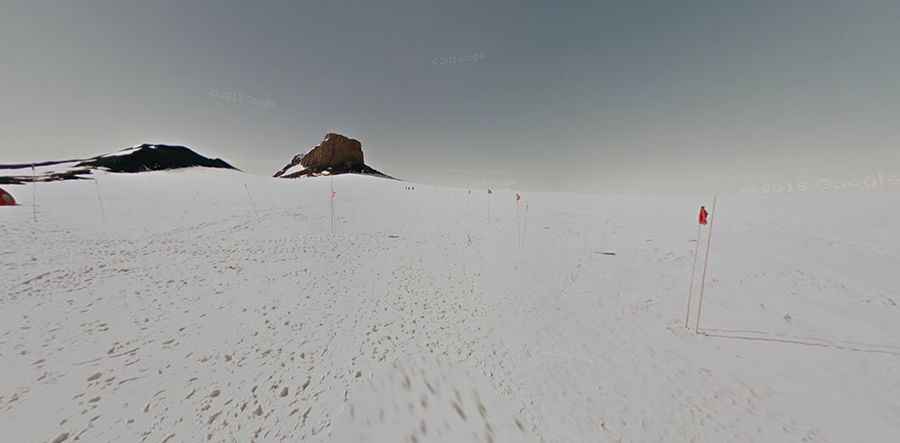Dare to drive the dangerous South Pole Traverse
The challenging South Pole Traverse, also called the McMurdo-South Pole Highway, is the world’s southernmost road.

How long is the South Pole Traverse?
With a length of 1,600 kilometers (995 miles) over the Antarctic ice sheet, this compacted snow road links McMurdo Station and the Amundsen–Scott South Pole Station.
When was the South Pole Traverse built?
The highway was created by filling in deep crevasses in the Antarctic ice sheet. The only vehicles on the highway are specialized tractors equipped with towing sleds. Construction started during the 2002/03 southern summer field season and was finished in the 2005/2006 southern summer. Inaugurated in late 2002, the construction was budgeted at a cost of US$350 million. This road needs maintenance each season. The section caused much more construction work than planned due to the shifting of ice sheets. The road is extremely dangerous, tedious, and, of course, very isolated.
Is the South Pole Traverse unpaved?
The South Pole Traverse is totally unpaved. This snow road was constructed by leveling snow and filling in crevasses but is not paved; flags mark its route. It takes about 40 days for supplies to reach the pole from McMurdo, but the route is far more reliable and inexpensive than air flights. The highway can also supply much heavier equipment (such as that needed by the South Pole's astrophysics laboratories) than aircraft. The return trip to McMurdo Station, with less fuel and cargo, is substantially quicker. After four years of development, the trail is now operational, with Caterpillar and Case Corp. tractors pulling specialized sleds to deliver fuel and cargo to the South Pole. The McMurdo Ice Shelf and the Antarctic Plateau are relatively stable. Most crevasses occur in the short steep shear zone between them, where the road climbs up to more than 2,000 meters (6,600 ft) above sea level.